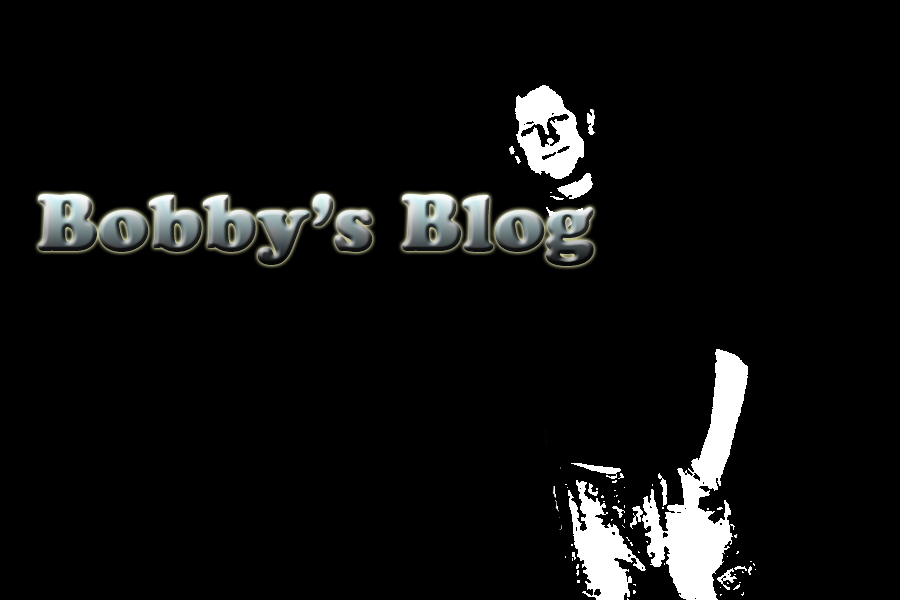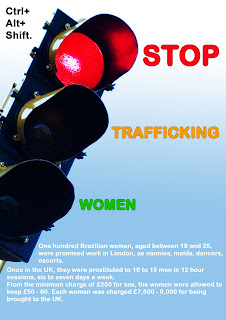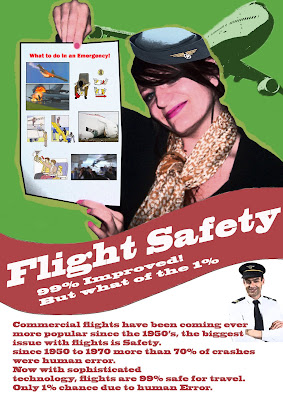http://af105bobby.blogspot.com/
Monday 9 February 2009
Sunday 7 December 2008
Wednesday 3 December 2008
The Quay Brothers
They reside and work in England where they moved in 1969 after studying illustration at the Philadelphia College of Art, now the University of the Arts in Philadelphia, to study at the Royal College of Art [1] There, they made their first short films, which no longer exist after the only print was irreparably damaged.[citation needed] They spent some time in the Netherlands in the 1970s and then returned to England where they teamed up with another Royal College student, Keith Griffiths, who produced all of their films. The trio formed Koninck Studios in 1980, which is currently based in Southwark, south London.
The Quays' works (1979-present) show a wide range of often esoteric influences, starting with the Polish animators Walerian Borowczyk and Jan Lenica and continuing with the writers Franz Kafka, Bruno Schulz, Robert Walser and Michel de Ghelderode, puppeteers Wladyslaw Starewicz and Richard Teschner and composers Leoš Janáček, Zdeněk Liška and Leszek Jankowski, the last of whom has created many original scores for their work. Czech animator Jan Švankmajer, for whom they named one of their films (The Cabinet of Jan Švankmajer), is also frequently cited as a major influence, but they actually discovered his work relatively late, in 1983, by which time their characteristic style and preoccupations had been fully formed.[2]
Most of their films feature dolls, often partially disassembled, in a dark, moody atmosphere. Perhaps their best known work is Street of Crocodiles, based on the short novel of the same name by the Polish author and artist Bruno Schulz. This short film was selected by director and animator Terry Gilliam as one of the ten best animated films of all time[3], and critic Jonathan Romney included it on his list of the ten best films in any medium (for Sight and Sound's 2002 critics' poll).[4] They have made two feature-length live action films: Institute Benjamenta, or This Dream People Call Human Life and The Piano Tuner Of Earthquakes. They also directed an animated sequence in the film Frida.
With very few exceptions, their films have no meaningful spoken dialogue—most have no spoken content at all, while some, like The Comb (1990) include multilingual background gibberish that is not supposed to be coherently understood. Accordingly, their films are highly reliant on their music scores, many of which have been written especially for them by the Polish composer Leszek Jankowski. In 2000, they contributed a short film to the BBC's Sound On Film series in which they visualised a 20-minute piece by the avant-garde composer Karlheinz Stockhausen. Whenever possible, the Quays prefer to work with pre-recorded music, though Gary Tarn's score for The Phantom Museum had to be added afterwards when it proved impossible to licence music by the Czech composer Zdeněk Liška.
They have created music videos for His Name Is Alive ("Are We Still Married", "Can't Go Wrong Without You"), Michael Penn ("Long Way Down (Look What the Cat Drug In)") and 16 Horsepower ("Black Soul Choir"). Some people mistakenly believe that the Quays are responsible for several music videos for Tool, but those videos were created by Fred Stuhr and member Adam Jones, whose work is influenced by the Quays. Although they worked on Peter Gabriel's seminal video "Sledgehammer" (1986) as animators, this was directed by Stephen R. Johnson and the Quays were unhappy with their contribution, believing it to be more imitative of Švankmajer's work than truly distinctive in its own right.
Their work also includes decors for the Theatre and Opera productions of director Richard Jones: Prokofiev's The Love for Three Oranges; Feydeau's "A Flea in Her Ear"; Tchaikovsky's Mazeppa; and Molière's "Le Bourgeois Gentilhomme.". Their set design for a revival of Ionesco's "The Chairs" was nominated for a Tony Award in 1998.
Before turning to film, they worked as professional illustrators. The first edition of Anthony Burgess' novel "The Clockwork Testament, or Enderby's End", features their drawings before the start of each chapter. Nearly three decades before directly collaborating with Stockhausen, they designed the cover of the book Stockhausen: Conversations with the Composer (ed. Jonathan Cott, Simon & Schuster, 1973).
[edit] Filmography
Feature Films
Institute Benjamenta, or This Dream People Call Human Life (1995)
The Piano Tuner of Earthquakes (2006)
Sanatorium Under the Sign of the Hourglass (TBA)
Short Films
Nocturna Artificialia (1979)
Punch And Judy (Tragical Comedy or Comical Tragedy) (1980)
Ein Brudermord (1981)
The Eternal Day Of Michel de Ghelderode (1981)
Stravinsky - The Paris Years (1983)
Leoš Janáček: Intimate Excursions (1983)
The Cabinet of Jan Švankmajer (1984)
The Epic of Gilgamesh, or This Unnameable Little Broom (1985) aka Little Songs of the Chief Officer of Hunar Louse
Street of Crocodiles (1986)
Stille Nacht I: Dramolet (1988)
Rehearsals For Extinct Anatomies (1988)
Ex-Voto/The Pond (1989)
The Comb (From The Museums Of Sleep) (1990)
De Artificiali Perspectiva, or Anamorphosis (1991)
The Calligrapher (1991) - an ident commissioned for the BBC2 television channel, but never broadcast
Stille Nacht II: Are We Still Married? (1991)
Long Way Down (Look What The Cat Drug In) (1992)
Stille Nacht III: Tales From Vienna Woods (1992)
Stille Nacht IV: Can't Go Wrong Without You (1993)
The Summit (1995)
In Absentia (2000)
The Sandman (2000)
Duet (2000)
Stille Nacht V: Dog Door (2001)
The Phantom Museum: Random Forays Into the Vaults of Sir Henry Wellcome's Medical Collection (2003)
Appearances
The Falls (1980)
Thursday 6 November 2008
Monday 3 November 2008
Yes! Final, FINAL design!
Originality
Q. Does originality exist? Or is it only possible to rework things that have been done before? Has anything new been invented since 1950?
A. I think originality does exist but only in the creative minds, artists etc.. I think one good idea can be reproduced to form more ideas from a great orginal plan, but alot has evolved from 1950, but evolved from original ideas from the era...
1950 was the birth to many great ideas, for advertising, inventions etc...
But didn't they have to get ideas from somewhere??
Subscribe to:
Posts (Atom)




